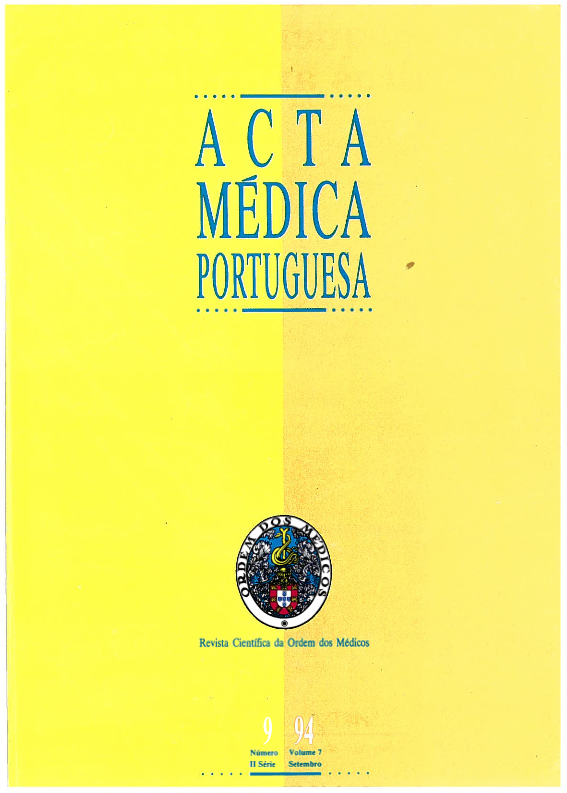The radiological pattern of cochlear otosclerosis. A CT study of 14 patients.
DOI:
https://doi.org/10.20344/amp.2964Abstract
In this review of cochlear otosclerosis 14 cases were studied by CT scan aiming to establish a densitometric pattern of the capsular foci and relating it to the hearing and vestibule dysfunctions. Severe demineralization with characteristics of probable activity (increased lucency of 30-40%) was demonstrated in the capsular foci. These were mainly cochlear with endosteal involvement (93%): large (64%) or discrete (29%). Cochlear otosclerosis was widespread in 64% of the patients, with coexisting foci in the semicircular canals (38%), vestibule aqueduct (43%) and internal auditory canal (43%). The antefenestral component with stapes involvement was 85%, mostly of the anterior polar and crural varieties (64%) and signs of activity. In 2 patients there was a conductive hearing loss in the tonal audiometry, pure or combined; in 2 others there was only a pure perceptive hypoacusis of type IV. A direct relationship was noted (64% of cases) between the most serious hypoacusis (type III and IV) and the endosteal extension of the cochlear foci. Vertigo occurred in 36% of the patients and was attributed to the posterior labyrinth foci.Downloads
Downloads
How to Cite
Issue
Section
License
All the articles published in the AMP are open access and comply with the requirements of funding agencies or academic institutions. The AMP is governed by the terms of the Creative Commons ‘Attribution – Non-Commercial Use - (CC-BY-NC)’ license, regarding the use by third parties.
It is the author’s responsibility to obtain approval for the reproduction of figures, tables, etc. from other publications.
Upon acceptance of an article for publication, the authors will be asked to complete the ICMJE “Copyright Liability and Copyright Sharing Statement “(http://www.actamedicaportuguesa.com/info/AMP-NormasPublicacao.pdf) and the “Declaration of Potential Conflicts of Interest” (http:// www.icmje.org/conflicts-of-interest). An e-mail will be sent to the corresponding author to acknowledge receipt of the manuscript.
After publication, the authors are authorised to make their articles available in repositories of their institutions of origin, as long as they always mention where they were published and according to the Creative Commons license.









